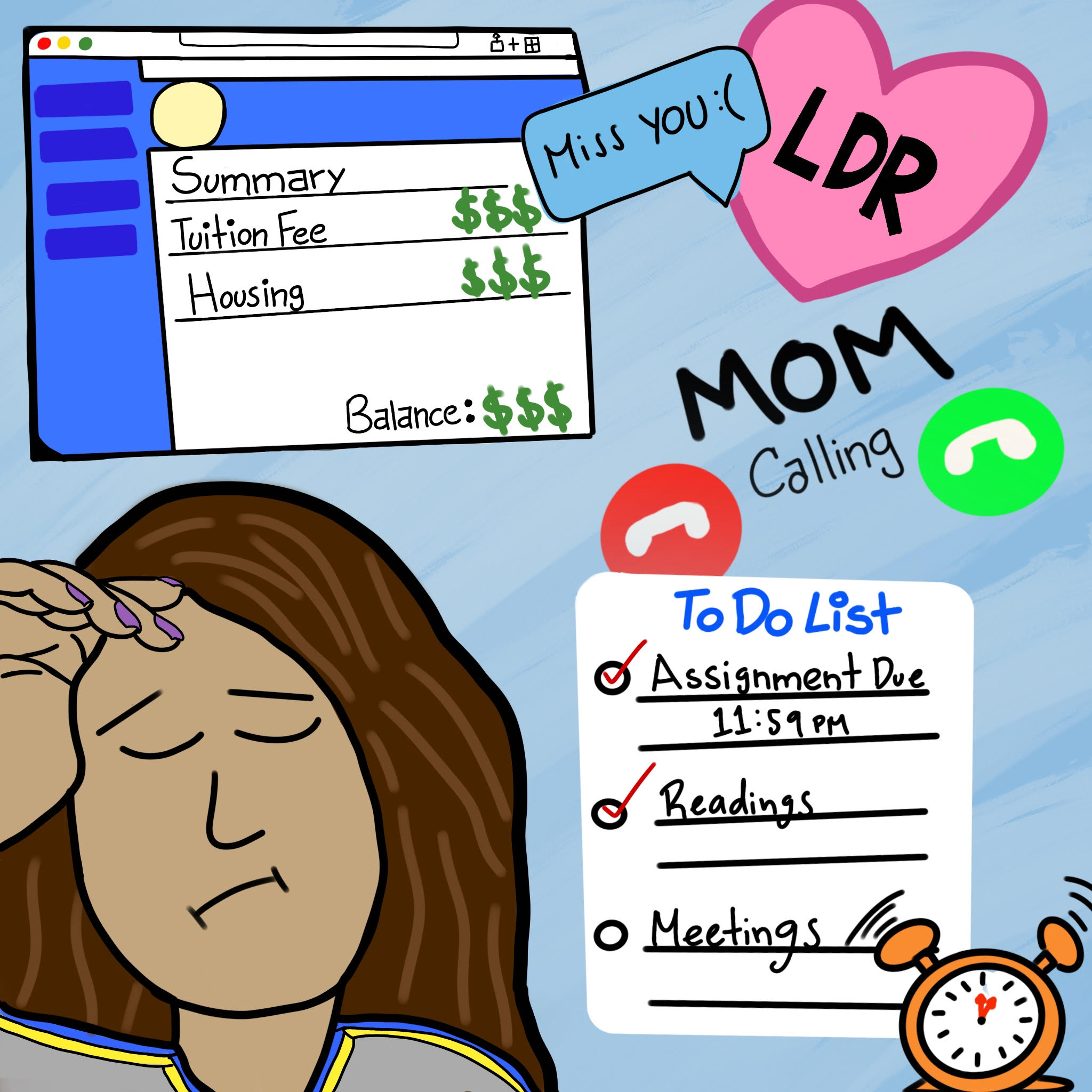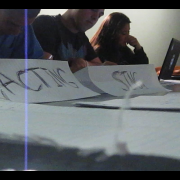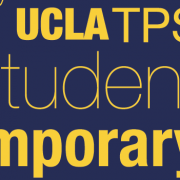How the COVID-19 Pandemic Has Impacted College Enrollment among Latinx Students

Visual by: Esiselda Linares
While the pandemic has had devastating effects on numerous communities, one area of concern is the Latinx college population. In the United States, nearly one-fifth of all college students are Latinx, but that number dropped by a staggering 20% shortly after the pandemic began in the fall of 2020. This substantial shift in enrollment can be attributed to the various challenges Latinx students face at home, work and school.
In light of this, it is important to recognize that minority groups are at a greater risk of contracting COVID-19. Reports from the CDC have indicated that members of racial and ethnic minority groups are more likely to live in regions with high rates of new COVID-19 infections. One reason for this disparity is that 64.5% of Hispanic and Latinx adults live in households with at least one person who is employed in a job that does not allow them to work from home. This exposure, to secure their livelihood, increases the odds of contracting the virus.
Similarly, another factor that expands the variances across infection rates is that in Latinx cultures, it is common for several family members to live in one household. As a result, families have crowded living conditions that prevent close contact to individuals who are in quarantine or have been exposed. Additionally, having a family member infected with COVID-19 may lead to emotional strain, including anxiety about contracting the virus, distress over the sickness of a family member, and financial stress—all of which impede students from concentrating and performing well in their studies making them less likely to succeed in their courses.
Correspondingly, many students faced financial uncertainty early in the pandemic as many businesses were forced to temporarily or permanently close. The decline in employment opportunities resulted in higher unemployment and housing insecurity which UCLA finds disproportionately impacts communities of color. For students who were facing homelessness prior to the pandemic, their college campuses served as their shelter and provided safety, adequate technology, internet access, and meals—all of which were lost when schools transitioned to remote learning. Furthermore, students who faced financial insecurity as a result of lost jobs, had to find other sources of income to sustain themselves or assist their parents.
For example, in an interview with the Washington Post, Juliana Alvarez, a Latinx high school student, recounted her experience with the latter. Alvarez noted that she had to take care of her siblings when her mother lost her job, causing her to neglect her own school work. As a result, she feared that she “‘wouldn’t get into any colleges [because of her] grades being down.”’
Moreover, 44% of Latinx college students are first-generation, a percentage that is higher than among any other racial/ethnic group. Unfortunately, when college classes transitioned online, many students were no longer offered the same resources they had access to on campus, such as financial aid advisors, libraries and study spaces, counselors, and career advisors. For a lot of the students that rely on these services, moving back home meant limited support.
Similarly, the transition from face-to-face learning to remote instruction came with various learning obstacles. For students without access to technology and reliable internet, options were limited. Notably, Hispanic and Black households are less likely to have home broadband, which is yet another barrier. Moreover, students who learn best in physical classrooms and are less experienced on digital platforms, found it difficult to follow online education and complete their schoolwork.
While in-person instruction has resumed at many universities, the effects of the ongoing pandemic continue to disproportionately impact Latinx and other students of color. Ultimately, it is absolutely imperative that we acknowledge these struggles, advocate for and share resources within our communities, and try to help each other overcome these challenges. ¡Si se puede!
If you want to learn more about the resources available at UCLA, please visit https://firsttogo.ucla.edu/resources-for-students/campus-resource.








Leave a Reply
Want to join the discussion?Feel free to contribute!